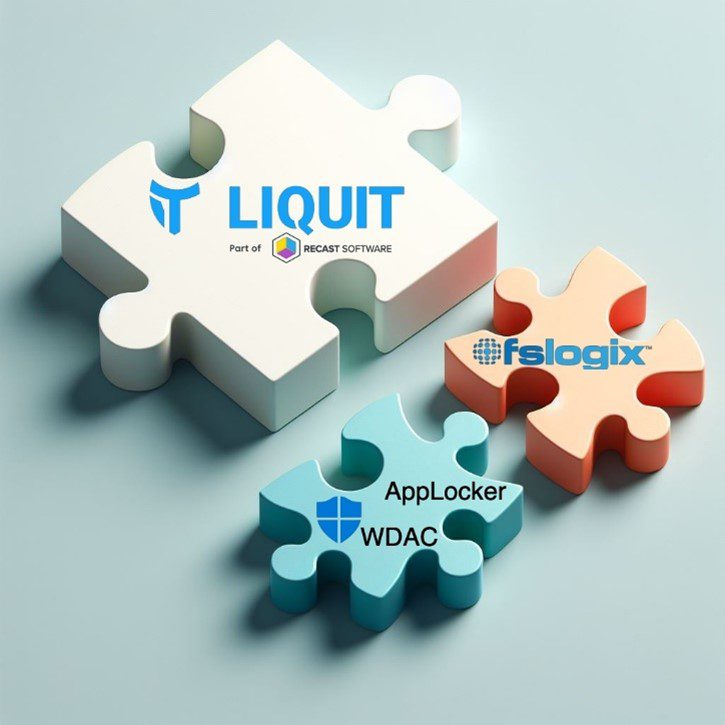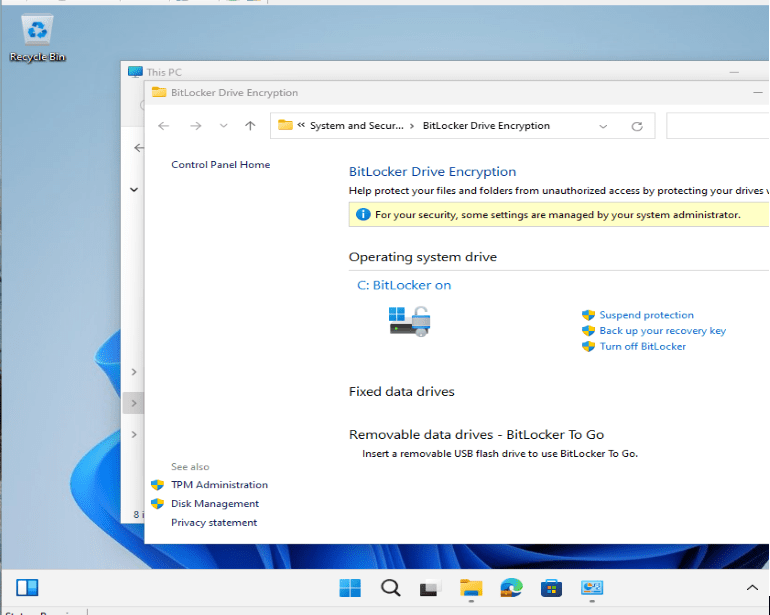Systems Management
Microsoft Configuration Manager Overview
Topics: Systems Management
Microsoft Configuration Manager (ConfigMgr), formerly System Center Configuration Manager (SCCM), is a Microsoft solution designed to enhance the management of Windows enterprise devices. It is one piece of a larger integrated system known as Microsoft Endpoint Manager which consists of ConfigMgr and Intune, as well as a few additional products including Autopilot and Desktop Analytics. ConfigMgr originally fulfilled the on-prem portion of this management system. However, with the release of the Cloud Management Gateway (CMG), ConfigMgr has become more robust with the ability to manage remote endpoints without the need to rely on a VPN connection.
Why use ConfigMgr / SCCM?
ConfigMgr enables Systems Administrators to centrally manage their endpoints more easily at scale. The ConfigMgr console provides a single pane of glass where admins can go to carry out many administrative tasks such as Operating System Deployment (OSD), Application Deployment, Software Update Deployment, Reporting, and much more. This enables admins to manage their environment more efficiently by alleviating the need to switch between products to handle different tasks.
Having all endpoints in one place provides great capabilities for improving hardware and software inventory management. The data on devices, including insight into what software is running on those devices, empowers IT teams to make more informed decisions on their environment and the infrastructure. A built-in set of reports provides a solid foundation which you can expand on to build out your own reports that will suit your needs.
Integration with the overall Microsoft ecosystem can be a major factor in the decision to move forward with ConfigMgr / SCCM as opposed to other endpoint management solutions. This coupled with the immense amount of control and capabilities it provides makes it one of the most powerful tools in a SysAdmin’s tech arsenal.
Key Functionalities Offered in ConfigMgr / SCCM
- Operating System Deployment – deploy Operating Systems in a fully customizable fashion allowing for a better Out of Box Experience (OOBE) for your end users
- Software Updates – further control over how software updates are deployed, when they are deployed, and to which devices
- Application Management – allows admins to deploy applications to endpoints across the organization
- Centralized Administration – brings many key administrative functions into a single pane of glass
- Office 365 Management – Helps with the installation and management of Office 365 and Office 365 patches
- Windows Version Management – quickly view versions of Windows in your environment and create update plans to move computers to newer versions of Windows.
- Remote Control – remotely connect to a client computer right from the console
- Reporting – a built in set of reports provides insight into hardware, users, applications, etc.
- Endpoint Protection – control anti-malware policies as well as Windows Firewall settings on your devices
- Compliance Settings – manage the compliance and configuration of endpoints in your environment
Which operating systems can be managed via ConfigMgr / SCCM?
Per Microsoft, the following operating systems can be managed by ConfigMgr / SCCM:
- Windows 8.1, 10, 11
- Azure Virtual Desktop devices
- Windows Server 2012-2022 (Standard, Datacenter, & Core)
- Windows Embedded devices (IoT)
Conclusion
ConfigMgr / SCCM plays a central role in systems management by providing increased environmental awareness, control, and improved security. ConfigMgr serves as a cornerstone tool for approximately 75% of all IT departments globally.
Additional ConfigMgr / SCCM Resources
Learn more about how to better use ConfigMgr / SCCM.
Inventory
Reporting
- How Can I Install Report Builder?
- How to Install a SCCM Reporting Services Point
- Dynamic Images to SSRS Report for SCCM
- Editing SCCM Reports with Report Builder
- Fixing the SCCM Reporting Services Point
Scripting
Security/Permissions
Software
External Integration



































